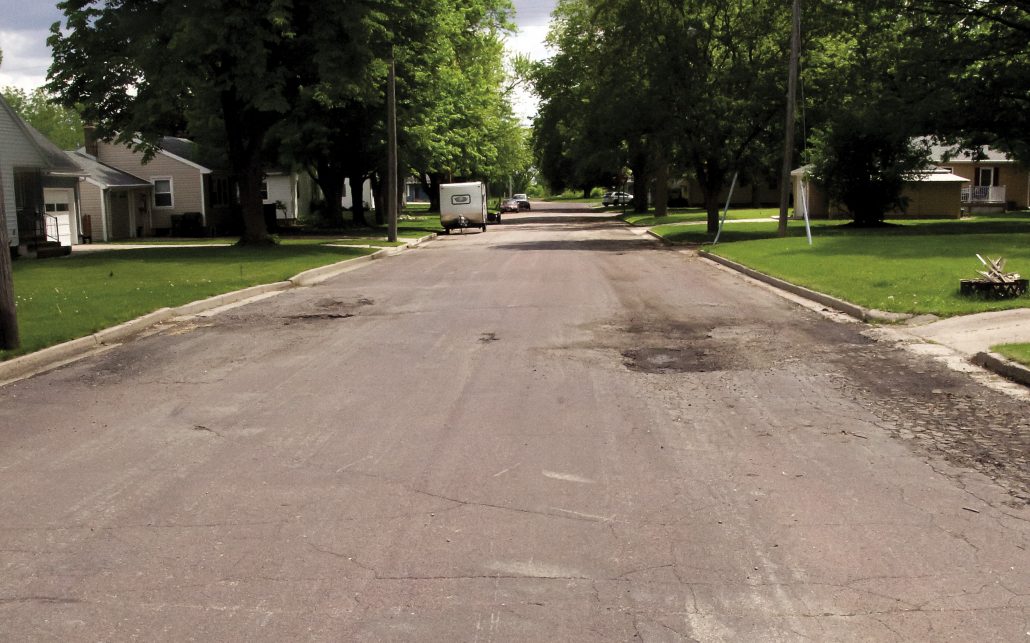
If you think road and infrastructure work in Tracy is coming to an end, think again. There are still plenty of areas in town that need attention in the coming years
By Per Peterson
From May to October for the last few years, it’s been road construction season within Tracy city limits.
Will it ever end? Yes and no.
Soon to be added to the current multi-phased, multi-year project mix will be the dismantling of Center St., a project that the City will partner with Lyon County on, since it is considered a county road.
But what about the roads that haven’t fallen under the umbrella of any of the first three phases?
“There’s a whole phase that’s called 3B — we’re in Phase 3A now — that wasn’t included, and we think there’s a fair amount of what was originally in 3A that isn’t going to get done, either,” Tracy City Administrator Erik Hansen said. “There’s a chunk left.”
The question about Tracy’s streets in relation to another phase of the project at last week’s Tracy City Council budget study session was, what is the urgency level for areas that have yet to be worked on?
Hansen offered a couple examples of streets that should be considered next in line for upgrades, those being 1st St. East and 2nd St. East, where some of the infrastructure is original — and not even close to being buried far enough down to avoid freeze-ups.
“Those pipes are over 100 years old,” he said. “And there’s almost no storm sewer there. You can see what 2nd St. East looks like — it’s a mess. It’s the worst street in the city. Then on the other side of town, around Greenwood Avenue,” Hansen added, “it’s OK, we’re kind of patching it … absolutely, there’s places that if we had the money, we’d do now.”
The benefits to fixing the streets and the infrastructure under them are many fold. He said Tracy Public Worlds Director Shane Daniels told him that when he started working for the City there were in excess of 20 watermain breaks a year.
“I said, ‘Well, how many are you doing now?’” Hansen said. “He said ‘Two, maybe.’ That’s staff time and resources we don’t have to spend. We’re getting some cost savings because of this. We’ve taken care of the bulk of the problem … but there are other places in the city that need to be done.
The drawback of the costly work that had been put off for years by previous city councils is the debt service the City has taken on and will continue to be burdened by through 2023 when it is expected to peak at $886,036 — up from $748,918 this year.
See this week’s Headlight Herald for more on this article.
